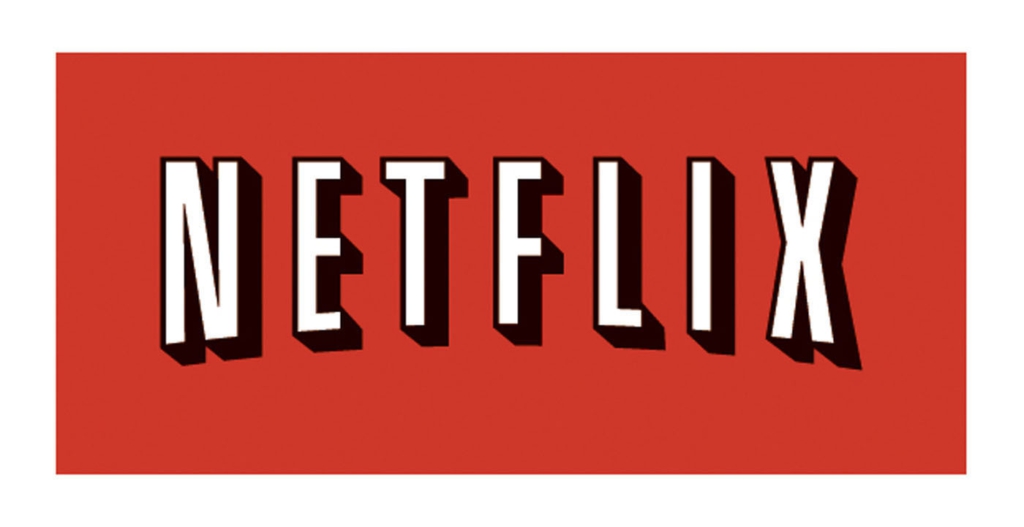by Hubert Marleau, Market Economist, Palos Management
May 21, 2023
Investors applauded signs that two of their biggest risks - the prospects of a debt ceiling setback and a spreading banking crisis that had weighed on the market, abated this week. This shift in tone should encourage them to turn their attention back to the outlook for economic growth and inflation from a long streak of sluggish stock market activity.
Confidence in the predictive power of a positive spread between the policy, the yield-curve inversions, high real rates and the resulting fall in the money supply explain why the majority of investors believe the economy is destined for a recession. Until now, the entire impact of monetary tightness has been on inflation, which has fallen from 9.1% in June 2022 to 4.9% in April 2023. Meanwhile, real GDP grew at the annual rate of 3.2% in Q3/2022, 2.6% in Q4/2022 and 1.1% in Q1/2023. With the Atlanta Fed’s GDPNow model estimate for real GDP growth in the second quarter of 2023 at 2.9%, this scenario of strong growth combined with falling inflation, is about to change.
From here on, any further decrease in the inflation rate will depend on lower levels of economic growth. In other words, inflation will continue to cool down if employment and growth stop rising. This is bound to happen because the buffer of excess savings and money supply, which has kept the economy from flinching, is near exhaustion. Indeed, according to Macro Partnership, the next significant shift in the underlying inflation trend is likely to happen immediately after July 2023. Based on current trajectories, that should be when the money supply crossover over nominal GDP. Thus excess savings may no longer be sufficient to sustain consumer spending. Interestingly, both the Empire State and Philly Fed surveys show that both employment and hours worked edged lower in May. In a recent survey conducted by the WSJ, less than 50% of small-business owners expect to expand their workforce over the next year, the lowest level since June 2020. Entrepreneurs are paring hiring plans as their focus is now on spending for staff training, automation and digitalisation. Based on Challenger and job openings, it appears that jobless claims may have already reached a cyclical high and they are on route to 300K by mid-June.
The Conference Board’s leading economic index (LEI) for April fell 0.5%, following a decline of 1.2% in March and down 8.8% over the last 13 months. Last week, the NY Fed came out with a unique “Outlook-at-Risk” that provides an objective way of quantifying the risks around future real GDP growth, the unemployment rate, and inflation by capturing how risks evolve as financial conditions ease or tighten:
- The current reading of inflation-at-risk implies that the conditional distribution is broadly symmetric around 2%, with modestly more risk of higher inflation than lower inflation.
- Conditional distribution of the unemployment rate in 4 quarters’ time is skewed toward a higher level, with an estimated 40% probability of the unemployment rate being above 5% in Q2/2024.
- Risks to real GDP growth are currently tilted toward lower growth, with the estimated conditional probability of average growth over the next 4 quarters falling below -1% standing at approximately 20%.
Surveys conducted by various organisations currently indicate that there is a 70% to 95% chance of a recession within the next 12 months. The big question is how serious the expected downturn will be. I think it will be shallow and not prolonged, and base my thinking on the fact that conditions are not bad enough to cause a deep and protracted contraction. First, balance sheets are in good shape, credit spreads are low, liquidity is abundant and defaults are rare. Second, the gradual increase in the labour participation rate is normalising the labour market and that is not a foretaste of a deep recession. And third, oil prices have fallen to the point where the US energy bill is only eating 2.7% of the N-GDP. History shows that deep recessions are usually associated with proportionally higher energy bills.
It’s perhaps counterintuitive, but deep recessions usually follow or accompany deterioration in earnings and extreme appraisement. That said, earnings strength persists and valuations are below long-term averages, if one removes the high flyers like NVDA, MSFT, META, GOOG, AAPL, TSLA, NFLX and AMZN. The MegaCap-8 is up 35% y/y while the S&P 500 is up only 7%. In fact, CEOs have generally sounded sanguine on their earnings call about the future, with more than 70% of companies seeing profit margins holding up or even expanding.
Last week, the S&P 500 was up 68 points to close at 4192 - 12.6% lower than the 4797 peak registered in January 2022. What should be noted is that the benchmark has decisively broken the 400-point trading range, which has defined the market for nearly 7 months.
Copyright © Palos Management














